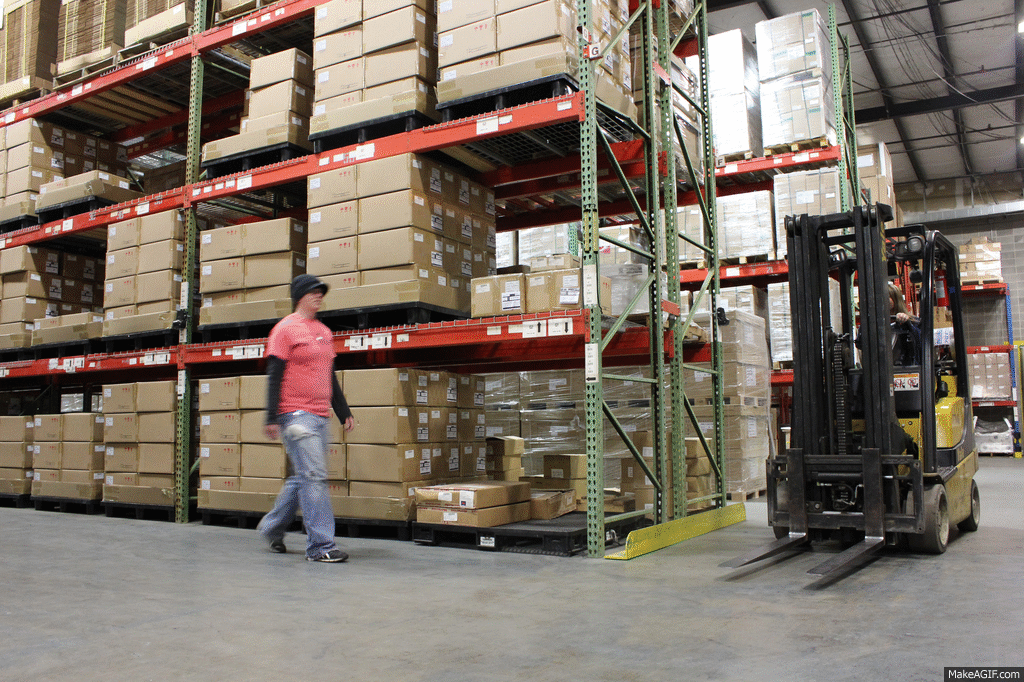
One of the pioneers in ultra-wideband (UWB) real-time location systems (RTLS) is Æther Wire and Location, Inc. In the Æther Wire approach, an antenna differentiates current pulses so as to yield equal and opposite impulses time-spaced according to the duration of the current impulse. This produces a time varying series of impulse doublets that can be designed for spectral whitening or to convey data (~1Mb/s). Æther Wire Localizers create an ad-hoc, peer-peer mesh network and determine round-trip propagation times between nodes so as to enable geolocation via multilateration.

Based in Silicon Valley, Æther Wire takes a relatively low-frequency (<1 GHz) approach to UWB. Æther Wire’s low frequency approach gives their signals excellent penetration and propagation. Using such long wavelengths (>30cm) poses a significant antenna design challenge, however. Æther Wire employs the Large Current Radiator (LCR) concept, first pioneered by Henning Harmuth, to address this challenge. Earlier Æther Wire designs were relatively elaborate 3-D structures. More recently, the company has devised planar implementations of their antennas that can be directly implemented on a printed circuit board. The company’s sixth generation Localizers employ planar LCR antennas.
In addition, Æther Wire devised a family of custom, low-power, digital CMOS chips to implement their concepts, and employed direct sequence coding to cope with operation in a multipath environment.
One of Æther Wire’s top technologists, Vince Coli, gave a Google Tech Talk last year on the subject of the company’s technology and its development over the past decade. This talk provides a wealth of technical detail that will be of interest to anyone seeking to learn more about UWB RTLS and Æther Wire’s contributions to the state-of-the-art.
More information about Aether Wire’s approach to UWB RTLS and indoor/urban location may be found by contacting Aether Wire through their website.


One thought on “UWB RTLS from Aether Wire”
We are RFID SI and we are busy with planning a solution which consist of two technologies: UWB RTLS for locating people and Video Recognition of the located people.
This solution will be sold various countries.
We need some technical information, reference sites where this system does people locating, and your assistance to prepare a budgetary proposal for a typical configuration.
Best regards
Israel Master